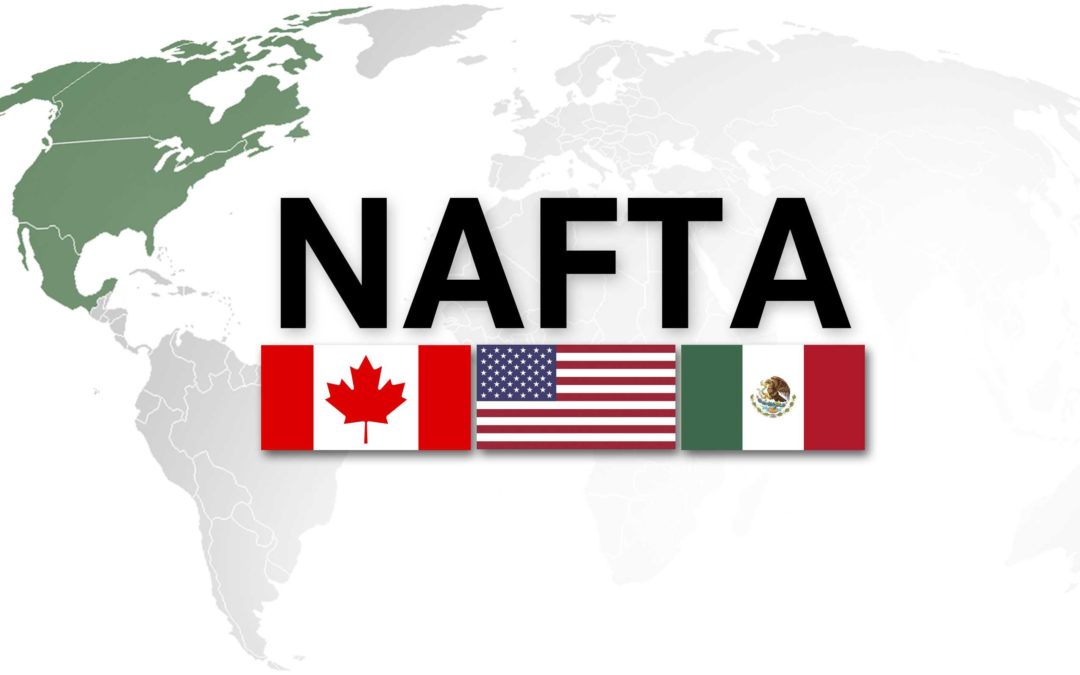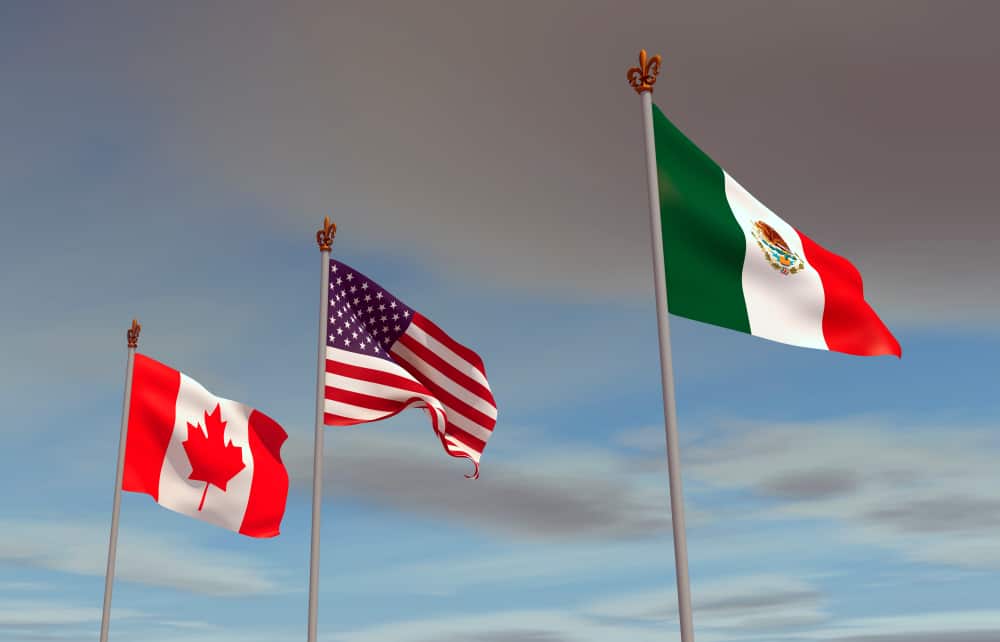
The North American Free Trade Agreement, commonly referred to as NAFTA, has been a cornerstone of international trade between the United States, Canada, and Mexico since its inception in 1994. The agreement has played a pivotal role in shaping the economic landscape of the three nations, fostering cooperation, and promoting free trade. In this article, we will delve into the history of NAFTA, its purpose, and its impact on the economies of the participating countries.
A Brief History of NAFTA
The concept of a free trade agreement between the United States, Canada, and Mexico dates back to the 1980s. The idea was first proposed by the United States and Canada, with the aim of reducing trade barriers and increasing economic cooperation between the two nations. The Canada-United States Free Trade Agreement (CUSFTA) was signed in 1988, and it laid the groundwork for the eventual creation of NAFTA.
In 1991, the United States, Canada, and Mexico began negotiations on a trilateral free trade agreement. The negotiations were completed in 1992, and the agreement was signed by the three countries on December 17, 1992. NAFTA came into effect on January 1, 1994, marking a significant milestone in the history of international trade.
Purpose of NAFTA
The primary purpose of NAFTA was to create a free trade area among the three participating countries, eliminating tariffs and other trade barriers. The agreement aimed to promote economic integration, increase trade, and stimulate investment among the United States, Canada, and Mexico. The key objectives of NAFTA include:
Eliminating tariffs and other trade barriers
Promoting fair competition
Increasing investment opportunities
Enhancing economic cooperation
Improving the standard of living in the participating countries
NAFTA achieved its objectives by:
Reducing tariffs on goods traded between the three countries
Establishing rules for trade in services
Providing protection for intellectual property rights
Creating a dispute settlement mechanism
Impact of NAFTA
The impact of NAFTA on the economies of the participating countries has been significant. Since its implementation, trade between the United States, Canada, and Mexico has increased substantially. The agreement has also led to an increase in foreign investment, particularly in the manufacturing sector.
According to the
United States International Trade Commission, U.S. trade with Canada and Mexico has grown from $290 billion in 1993 to over $1.2 trillion in 2020. The agreement has also created millions of jobs in the three countries, with the
United States Chamber of Commerce estimating that over 14 million U.S. jobs depend on trade with Canada and Mexico.
In conclusion, the North American Free Trade Agreement has played a vital role in shaping the economic landscape of the United States, Canada, and Mexico. The agreement has promoted free trade, increased investment, and enhanced economic cooperation among the three nations. While there have been challenges and criticisms, the benefits of NAFTA are undeniable. As the global economy continues to evolve, it is essential to understand the history and purpose of NAFTA, as well as its impact on the economies of the participating countries.
By understanding the complexities of international trade agreements like NAFTA, businesses and individuals can better navigate the global market and take advantage of the opportunities that arise from free trade. Whether you are a business owner, investor, or simply interested in international trade, this comprehensive guide to NAFTA provides a solid foundation for exploring the world of global commerce.









